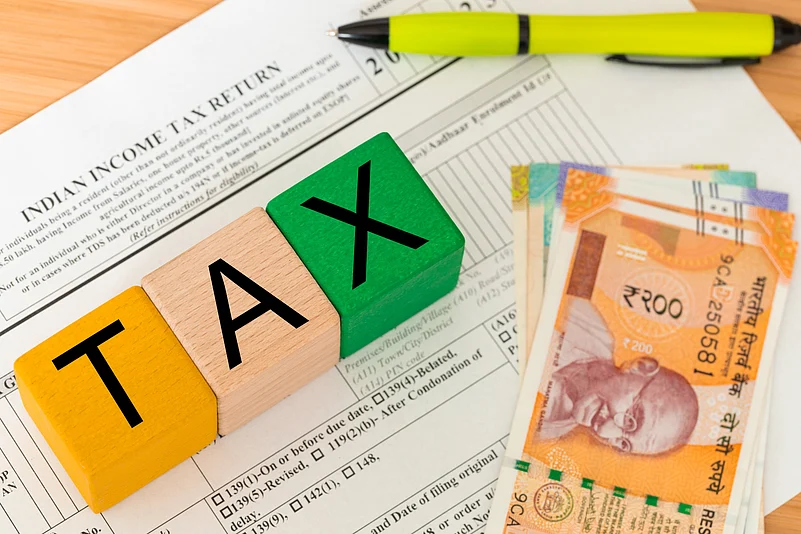The income tax system underwent substantial changes in financial year 2023–2024, which had an impact across all categories of taxpayers, including the wealthy and those belonging to the low-income category. Union Minister of Finance Nirmala Sitharaman made several statements in her Budget Speech in 2023 that set the ball rolling on this. The income tax slabs under the old tax regime were left untouched, and the majority of the changes related to the new tax regime, which was implemented in 2020.
So, here are the main changes to the new tax regime that took effect in FY 2023–24 and will have an impact on your tax filing return for the Assessment Year 2024-25 (FY 2023-24), for which you have to file your income tax return (ITR) by July 31, 2024.
Default Regime: One of the key revenue mobilisation reforms proposed by the tax task force was to make the new tax regime the default one from 2021-22, implying that if a taxpayer did not actively choose the old tax regime, the new tax regime will be considered for tax calculation purpose by default. In case of salaried employees, the employer will calculate tax in accordance with the new regime and will not allow any deduction, except for the employer’s contribution to the National Pension System (NPS).
Raising Taxable Income Limit: Previously, a rebate of Rs 12,500 was available on income up to Rs 5 lakh, effectively making incomes up to Rs 5 lakh tax-free. This was enhanced to Rs 25,000 for income up to Rs 7 lakh, effectively making income up to that threshold tax-free in Budget 2023. The standard deduction of Rs 50,000 available to taxpayers under the old tax regime was also made available in the new tax regime.
Change In Tax Slabs: Earlier there were seven tax slabs. Now, there are only six in the new tax regime. For instance, income up to Rs 3 lakh is tax-free. For Rs 3,00,001-6 lakh, it is 5 per cent. For Rs 6,00,001-9 lakh, it is 10 per cent. For Rs 9,00,001-12 lakh, it is 15 per cent, and for Rs 12,00,001-15 lakh, it is 20 per cent. Above Rs 15 lakh, it 30 per cent. For a person earning Rs 9 lakh, his/her tax liability comes to Rs. 45000, down from Rs. 60,000, previously under the new tax regime.
Raised Basic Exemption Limit: The new regime has increased the basic exemption limit for individual taxpayers to Rs 3 lakh in AY 24-25, up from Rs 2.5 lakh in AY 23-24. The exemption limit still stands at Rs 2.5 lakh in the old tax regime.
Standard Deduction Introduced: The standard deduction of Rs 50,000 available under the old tax regime was made available to taxpayers in the new tax regime as well, that too from AY24-25.
Reduced Levy of Surcharge: The peak surcharge rate was reduced from 37 per cent to 25 per cent, thus effectively reducing the overall tax rate for individuals in the highest tax bracket from 42.74 per cent to 39 per cent for AY24-25.














